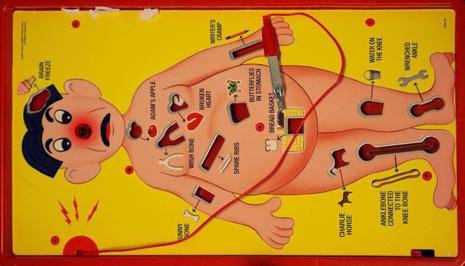kBob
Member
Ah yes, the HK "thumb print". In the early 1970's some G3 in West German Service had them and some did not. Unfortunately the G3 tended to have its malfs after it had been shot a good bit and was rather warm. Thus the thumb print got its name not only from looking like a thumb print, but from branding a new thumb print into your thumb.
Our PNZGRN Partnership unit and the Airborne and Mountain troops we worked with had for the most part been trained to do an immediate action drill on their G3 rifles much like our own, starting with thumbing that file like surface on the bolt carriers. When the FalshirmJager and AlpineJager did their transition to the M-16A1 for training, guess what? Some had malfs. The Germans immediately attempted to push the AR bolts closed the same way they had their G3 with a thumb on the side of the carrier through the ejection port using the cut out in the BCG meant to pop open the dust cover. This sometimes resulted in bad burns that featured two blisters that mirrored the gas escape holes in the bolt carrier and a slice on the thumb from the edge of the ejection port.
-kBob
Our PNZGRN Partnership unit and the Airborne and Mountain troops we worked with had for the most part been trained to do an immediate action drill on their G3 rifles much like our own, starting with thumbing that file like surface on the bolt carriers. When the FalshirmJager and AlpineJager did their transition to the M-16A1 for training, guess what? Some had malfs. The Germans immediately attempted to push the AR bolts closed the same way they had their G3 with a thumb on the side of the carrier through the ejection port using the cut out in the BCG meant to pop open the dust cover. This sometimes resulted in bad burns that featured two blisters that mirrored the gas escape holes in the bolt carrier and a slice on the thumb from the edge of the ejection port.
-kBob


